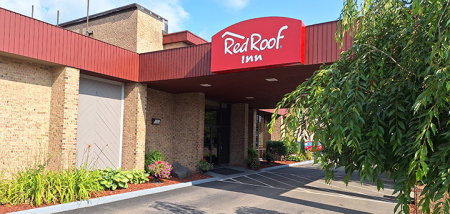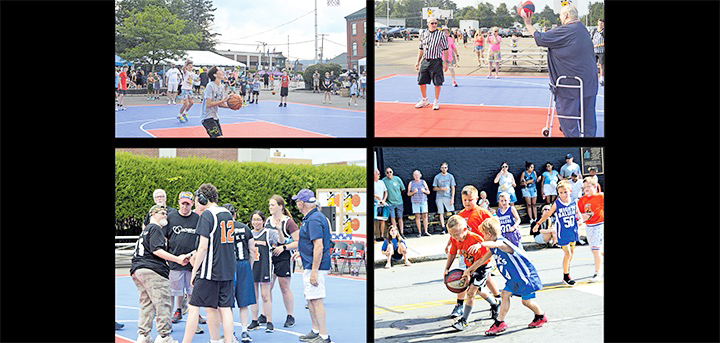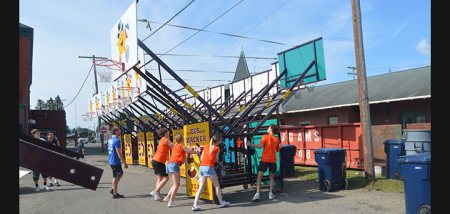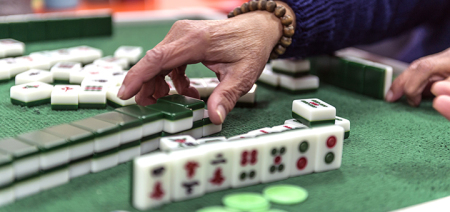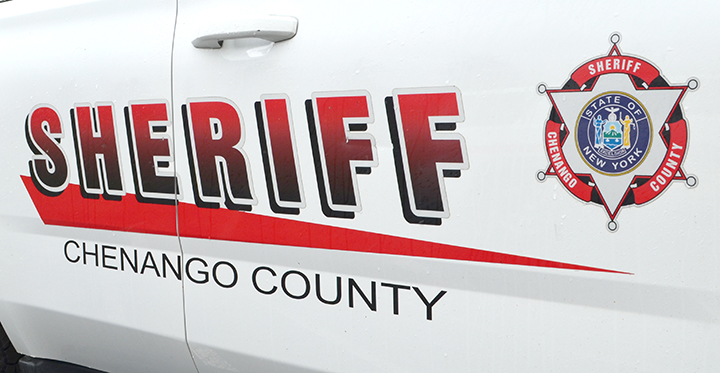Outdoor Chenango: Ready For The Range?
Published:
November 4th, 2020
By:
Eric Davis
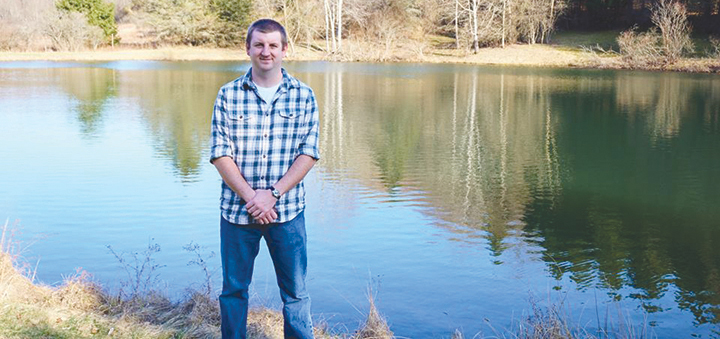 Evening Sun Outdoor Columnist Eric Davis
Evening Sun Outdoor Columnist Eric Davis
With the time change this past weekend, we have hit the part of the year where it gets dark before dinner time. For many, this is just the indicator that winter is lurking around the corner and that cabin fever is coming. Deer hunters see this as a sign that the regular firearm season is almost here. If you have not sighted in your firearm for the season yet, here is a quick list to help make sighting in quick and easy.
1. Range Bag- Without a range bag, there’s nothing to put things into. While you don’t need to get a bag, bags are more common and come with lots of pockets and compartments to hold all your gear. A medium-sized toolbox or tackle box can also suffice. If you have a lot of firearms, it may make sense to have a bag/box for each type of firearm. I use soft bags for shotgun and rifle shooting, but a toolbox holds all my black powder shooting accessories.
2. Ear Protection- One of the most important pieces of safety equipment is hearing protection. Spending a day on the range without any will likely give you a bad case of tinnitus (ringing of the ears) for days. Ear protection comes in two major forms, inside the ear and outside the ear. Foam ear plugs are inexpensive and do the job. These are my go to when shooting certain firearms where I find my earmuffs coming off from shouldering the firearm. For most bench shooting, I go with earmuffs. Earmuffs usually get a higher noise reduction rating (NRR) that earplugs so they tame the bark of firearms better. If you shoot with a group of people and you converse with each other during you range time, an electronic pair of earmuffs may be the way to go. These contain a microphone and speakers so you can hear everyday voices and sounds but when a sound is above a certain decibel, they muffle the sound.
3. Eye Protection- A piece of safety equipment that is often overlooked, eye protection should be worn on the range. In the event of a firearm malfunction or getting too close to your scope before squeezing the trigger, eye protection can save your sight.
4. Targets- What you are aiming at can influence how your range session ends up. When shooting a rifle with a scope, a target with one-inch boxes on the paper and the bullseye in the middle makes it much easier to know what adjustments to make after shooting. I like to use the reactive targets, such as Shoot-and-See, that make seeing your bullet’s impact much easier. They cost only a little more and are worth it in my opinion. Do not forget a target backer (like a carboard box or piece of scrap plywood) and tape to attach the target with.
5. Multitool- There are few worse feelings that taking the cap off the turrets of a scope and finding that it requires a flat head screwdriver or a coin to adjust the crosshairs. Some sights require Allen tools to adjust. Look over your firearm and scope so know what you need to bring.
6. Gun Rest- A good rest is the key to accurate rifle shooting. If you go to a gun club, they will likely have shooting benches set up, so you just need a simple V-type rest or sandbag to put the front of the gun on. While larger than most shooting bags, a full gun rest that holds the butt of the firearm and the forearm or barrel will hold the firearm completely still and will allow for small changes in windage and elevation to fine tune your shooting.
7. Ammunition- It may seem silly, but make sure you have ammunition that will work with your firearm. Match the box of ammunition to the caliber/gauge stamped into the side of the barrel. If the firearm is new to you or you aren’t thrilled with how it has been performing either just shooting or hunting, bring a couple options of ammunition. Make sure to give your firearm time to cool down between shots as a barrel that is overheated will cause poor accuracy. Mark your target with the ammunition information so you can compare them and decide what ammunition you want to use.
A reminder that when adjusting a scope, you are changing the point of impact and not the crosshairs of the scope. For instance, if your bullet hits low compared to your point of aim, you would move the turret of the scope in the “UP” direction. This is the opposite of adjusting a bow sight where you lower your sight if your shot is lower than where you were aiming.
Author: Eric Davis - More From This Author
Comments
